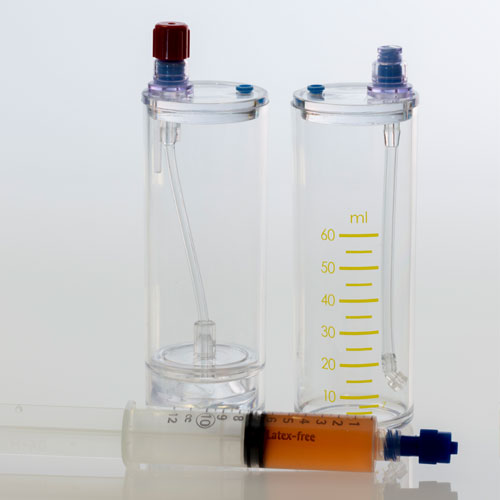Platelet recovery and platelet viability are the two most important aspects to consider when selecting a platelet concentration system. Orthopedic and cosmetic surgeons have been leveraging the regenerative benefits of platelet-rich plasma (PRP) since the 1990s.
PRP continues to gain popularity as clinical studies continue to show that PRP can effectively speed up the healing process of damaged tissue. You can also get more information about the emcyte PRP in PA online.

Image Source: Google
This regenerative modality works by releasing powerful growth factors at the site of injury. The effectiveness of the PRP procedure depends on applying the correct therapeutic dose of platelets, which requires an effective concentration system.
How does PRP regenerate the network?
PRP is an autologous compound that has been proven in clinical trials to be effective in assisting in the management of various sports-related injuries, degenerative diseases, acne scar treatment, and hair loss reversal.
When viable platelets are placed at the site of injury, they aggregate and the alpha granules begin to degranulate and release growth factors. Platelet aggregation stops blood loss in ruptured blood vessels, while the release of growth factors plays an important role in wound healing.
All PRP preparation techniques begin withdrawing blood in the presence of an anticoagulant. Anticoagulants prevent platelet activation during mechanical force centrifugation.
When platelets are activated during the preparation process, clots form, and growth factors are released. The resulting fibrin matrix does not contain more platelets than whole blood and is no longer injected.

